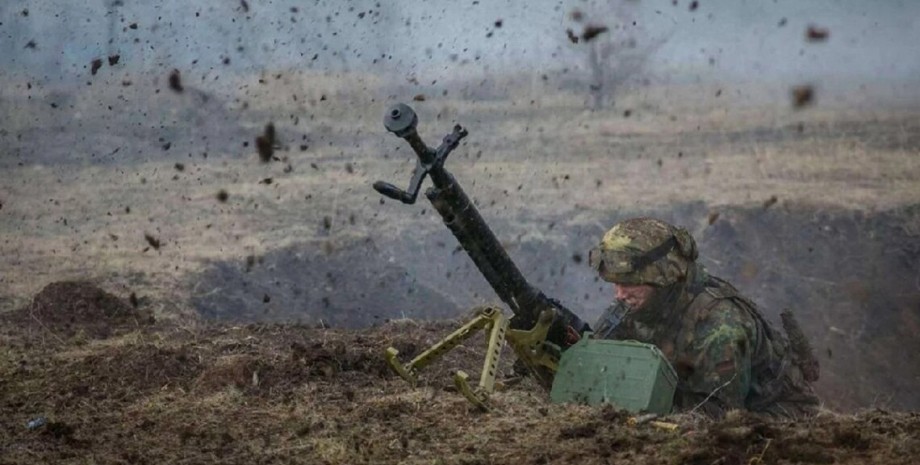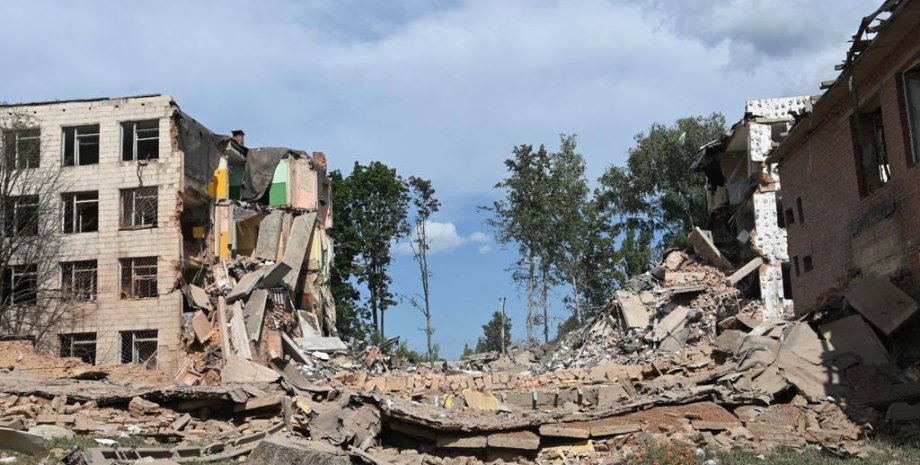
Subscribe to not miss the latest and most intrusive news from the world of science! According to researchers from the Bavarian State Monuments (BLFD), this place served as the main base for the imperial general Albrecht von Wallenstein during his campaign in 1632 near Nuremberg against Swedish troops. There are probably about 50,000 soldiers, 15,000 horses and 30,000 civilians.
Among the found artifacts are everyday tools such as scissors, knives, needles and buckles, as well as glass beads, ceramic shards, silver wire and spindle. Among the finds are coins with the images of Maximilian I and Emperor Ferdinand III, as well as musket balls and metal products. One of the most prominent discoveries was a single grave found at the edge of the camp. The burial contained the remains of a young woman dressed in thin silk, decorated with gold and silver threads.
She was buried with bronze ring, chain and decorated with clothing hooks. Although the cause of death remains unknown, her luxurious clothes suggest that she had a high social status and was probably related to the officer who was in the camp. This find gives a rare view of everyday life of both servicemen and civilians during the Thirty Years War.
In addition to its military importance, the camp reflects the human aspect of war - the presence of families, artisans and non -combatants who lived in the shadows of one of the longest and most frequent conflicts in Europe. Earlier, Focus wrote about how scientists finally found an ancient theater on the island of Lefcad. His search lasted for decades. We also talked about an unexpected find during repair in Belgium.










All rights reserved IN-Ukraine.info - 2022